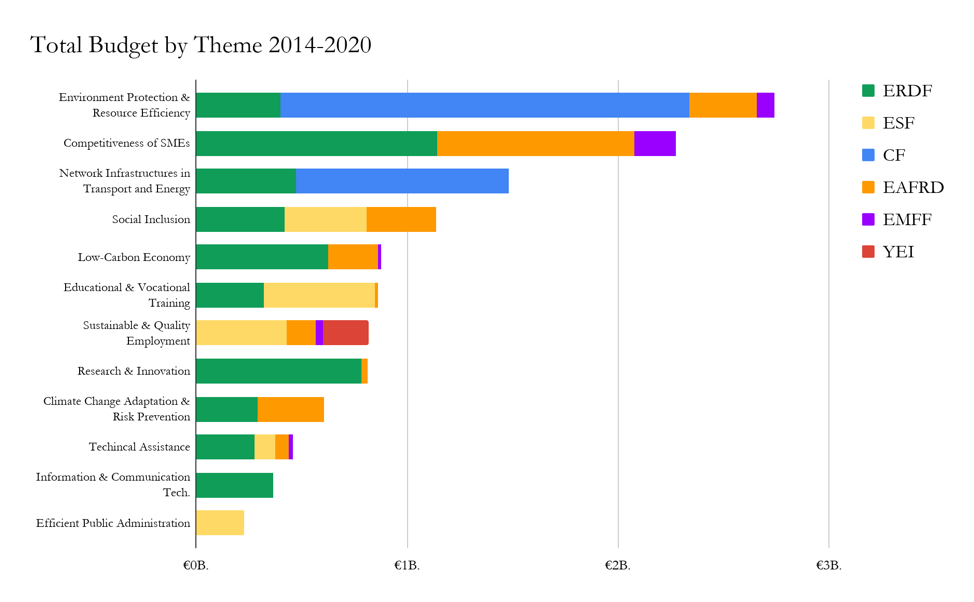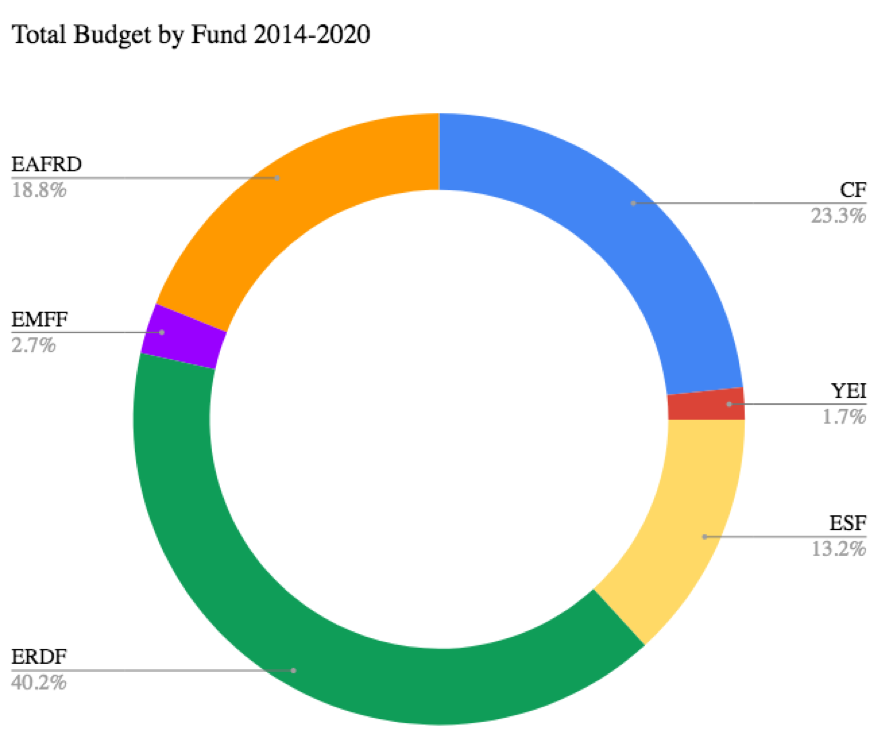News
Country Profile | Croatia

In the course of the 2014-2020 financial framework, Croatia has been allocated a total of €12.65 billion from the European Structural and Investments Funds (ESIF), including a national contribution of €1.9 billion, to be invested in various areas to help the country reach the level of other European nations in terms of growth and infrastructures. Croatia has been using the funding to reach a variety of targets:
Stimulate research, development and innovation, making the country’s economy more innovative and competitive;
Increase labour market participation of young people, the low-skilled, older workers and women;
Improve the quality and efficiency of education and training;
Invest in new infrastructure, including the development of key networks, sustainable urban transport;
Extend broadband coverage;
Improve water supply and waste-water treatment services;
Invest in renewable energy production;
Promote social inclusion, combat poverty and any discrimination, and enhance access to healthcare as well as social services;
Make national food production, aquaculture and fisheries sectors more competitive and environmentally friendly.
Croatia’s main theme of investment for the 2014-2020 financial framework is the improvement of environment protection and enhancement of resource efficiency, with more than €2.8 billion coming from four different funds: around €2 billion come from the Cohesion Fund (CF), the remaining €0.8 billion from the European Research and Development Fund (ERDF), the European Agricultural Fund for Rural Development (EAFRD) and the European Maritime and Fisheries Fund (EMFF). Special attention is paid by the Croatian government to national SMEs, with over €2 billion invested to improve their overall competitiveness. From Chart 1, it is possible to see the other focus areas for investments: the development of new network infrastructures in the transport and energy sectors has been receiving investments of around €1.5 billion through ERDF and CF, whereas the promotion of social inclusion is profiting of more than €1 billion coming from ERDF, EAFRD and the European Social Fund (ESF).

The overall budget for the 2014-2020 financial framework is €12.65 billion, and Chart 2 allows us to observe that the ERDF alone reached 40.2%, granting Croatia more than €5 billion to be used in improving the economy, infrastructure and environmental protection of the country.

Another relevant share of the total budget concerns the Cohesion Fund (CF), which holds 23.3%, around €3 billion: thanks to this funding opportunity Croatia can improve environment protection and resource efficiency. The European Agricultural Fund for Rural Development has helped Croatia invest more than €2.4 billion in its small and medium enterprises, thanks to its 18.8% share of the total budget. With a percentage of 13.2% and approximately €1.7 billion, the ESF helped the Croatian government create new jobs, improve the social inclusion of the country, and also contributed to make the public administration more efficient. The EMFF and the YEI scored 2.7% and 1.7% respectively, with a total budget of over €500 million combined, which was mainly used to create sustainable and quality employment.
In the past years, however, the country has had trouble transforming the funding into concrete projects, as the EU Funds absorption rate of Croatian reaches a dismal 17% (according to EU data), 11% less than the EU average. The “unsatisfactory” results, to mention the adjective used by the European Commission, is the result of insufficient communication and spread of information regarding ESI Funds in Croatia, with evident shortcomings of public officials. Croatian authorities need to better educate themselves on EU funds in order to provide full technical support for applicants, helping them prepare projects and absorb funds. Nevertheless, the country has a relatively high percentage of financial resources already allocated to selected projects, meaning that a firm collaboration between all the actors involved in this process, from politicians to public officials and businessmen, can unlock the impasse and give Croatia hundreds of new possibilities to improve its economy and society.
Country facts:
Name: Croatia
Capital: Zagreb
Government: Parliamentary Constitutional Republic
Population: 4,154,200
Area: 56,594 km2
GDP per capita: €13,375
Currency: Kuna (kn)






